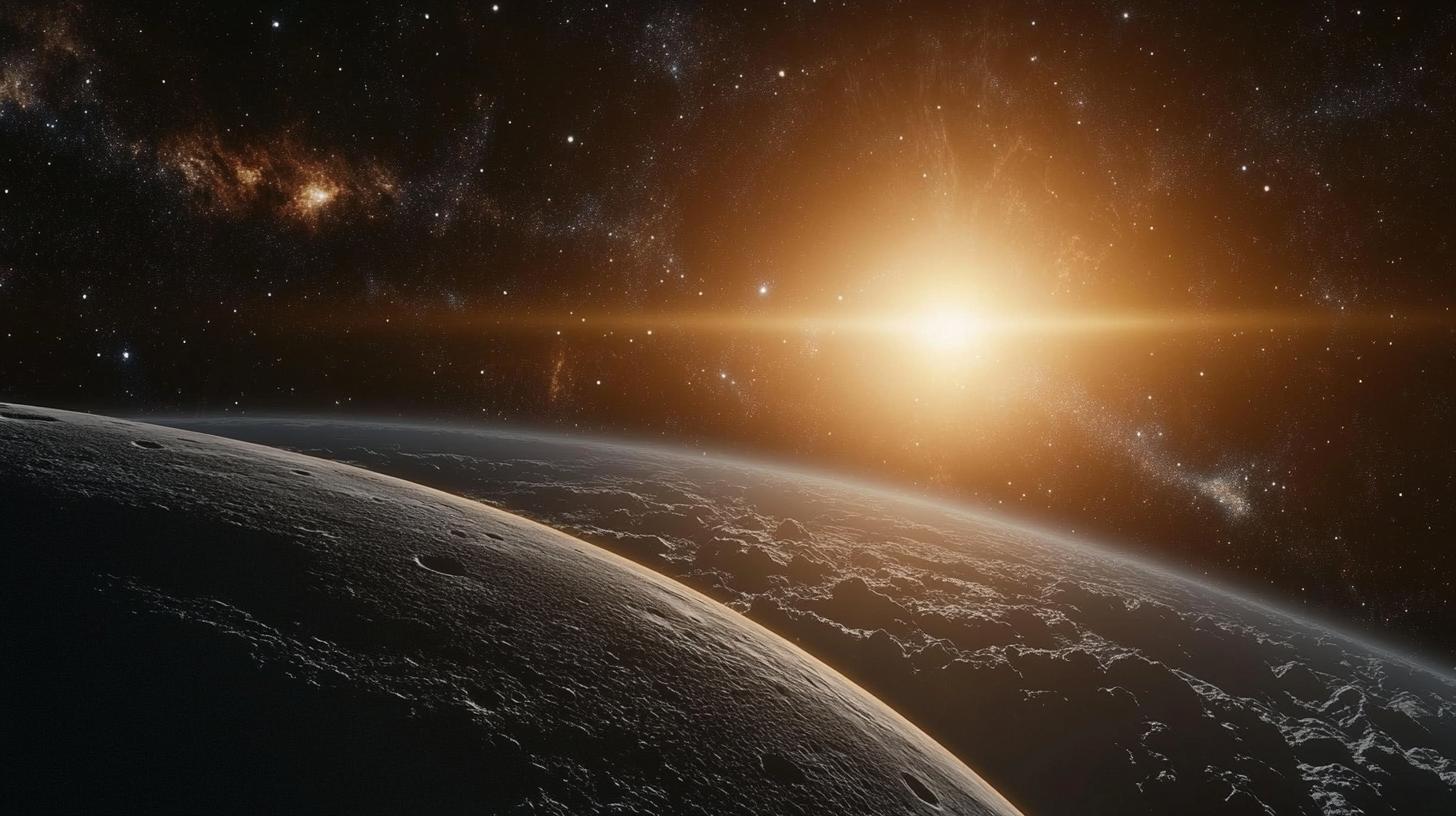In a stellar stride towards unraveling the mysteries of the cosmos, NASA has successfully launched its long-awaited Psyche mission, marking a significant milestone in aerospace exploration. Launched atop a SpaceX Falcon Heavy rocket from the Kennedy Space Center, the Psyche spacecraft embarks on an epic journey toward the metal-rich asteroid named Psyche, which orbits the Sun between Mars and Jupiter.
The mission aims to delve deep into the secrets of Psyche, an intriguing celestial body that is unlike any explored before. Unlike most asteroids made of rock or ice, Psyche is believed to be composed largely of metallic iron and nickel, offering a unique opportunity to study the building blocks of planet formation. Scientists speculate that Psyche might be the exposed core of a protoplanet, providing an unprecedented glimpse into the processes that shaped our solar system’s terrestrial planets.
Lori Glaze, director of NASA’s Planetary Science Division, stated, “This mission is more than just exploring an asteroid; it’s about answering fundamental questions about the formation of rocky planets, including our very own Earth.”
Traveling over 2 billion miles, the Psyche spacecraft will utilize cutting-edge technology, including advanced instruments for analyzing the asteroid’s surface composition and mapping its topography. Expected to arrive in 2029, the mission promises to yield invaluable data about the solar system’s early history.
Psyche’s launch not only highlights advancements in space missions but also showcases the growing synergy between NASA and private partners like SpaceX, jointly propelling humanity toward greater cosmic understanding.
Why Psyche Could Revolutionize Our Understanding of Earth’s Core
In an era where space exploration is rapidly advancing, NASA’s Psyche mission is poised to uncover groundbreaking insights that extend beyond our immediate cosmic neighborhood. While the mission’s immediate focus is to explore the metal-rich asteroid Psyche, its broader implications could redefine our understanding of planetary cores, including Earth’s.
Intriguing Discoveries Await
A question arises: what sets Psyche apart from other celestial bodies? The asteroid’s unique composition of metallic iron and nickel makes it a subject of immense scientific interest. This composition may mirror the cores of terrestrial planets, offering unprecedented information on their formation and evolution.
Technological Marvels and Challenges
The Psyche mission is a testament to cutting-edge aerospace technology. It features sophisticated instruments designed to conduct in-depth analyses of Psyche’s surface. However, this technology also presents a double-edged sword. While it enables incredible advancements, it also requires significant resources and raises concerns over the sustainability of high-cost space endeavors.
Implications for New Technologies
Understanding Psyche’s composition could lead to innovations in resource extraction technologies, potentially influencing how we utilize Earth’s own metals. However, this push toward technological advancements provokes ethical questions about space mining and its impact on both space environments and Earth’s ecosystems.
Collaborative Achievements
The Psyche mission underscores the collaborative efforts between NASA and private enterprises like SpaceX. It raises the prospect of future partnerships that could accelerate our path to interstellar exploration. Yet, the growing influence of private companies in space raises concerns about the monopolization of cosmic discoveries.
For more on NASA’s pioneering missions, visit NASA’s website.

















